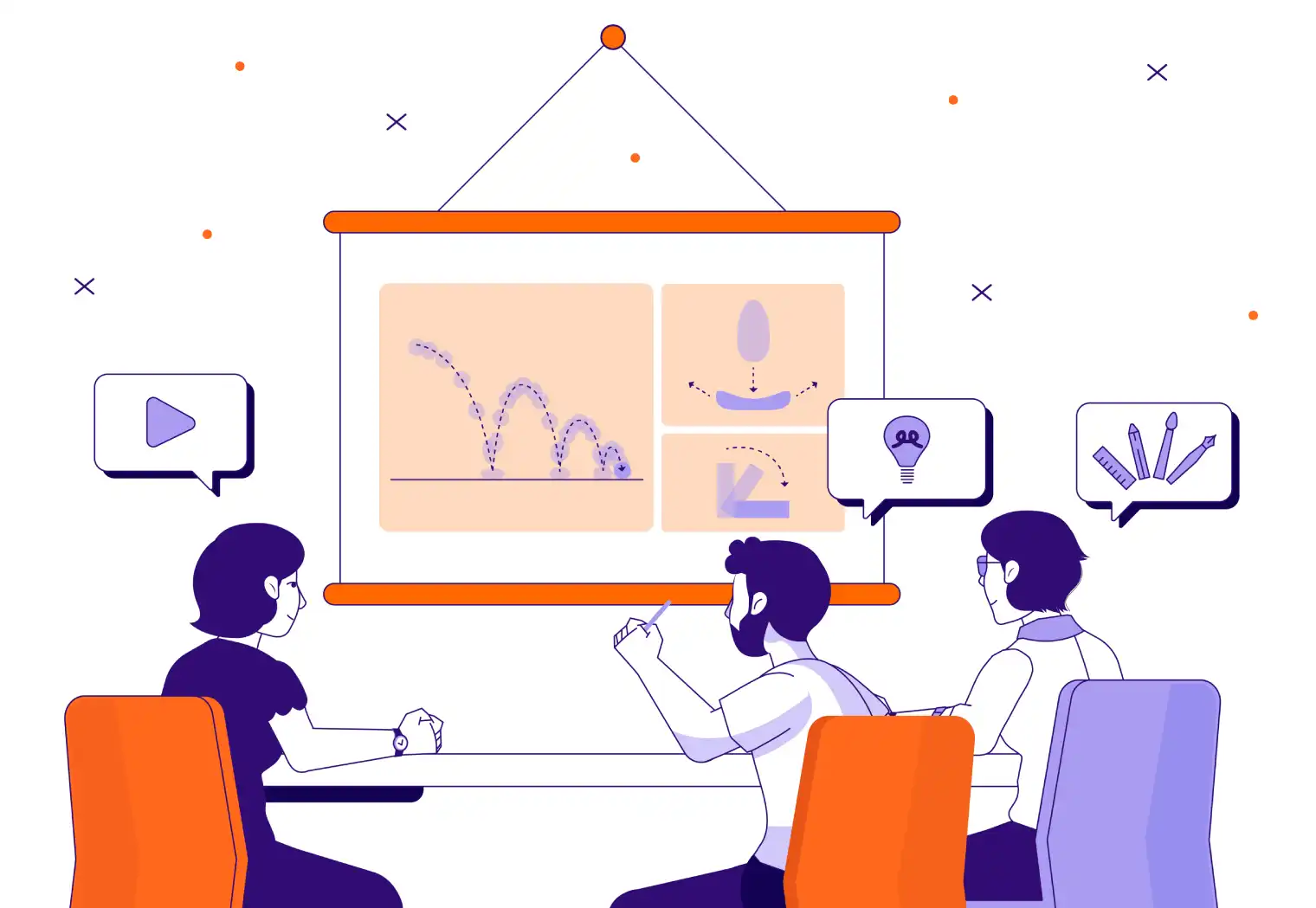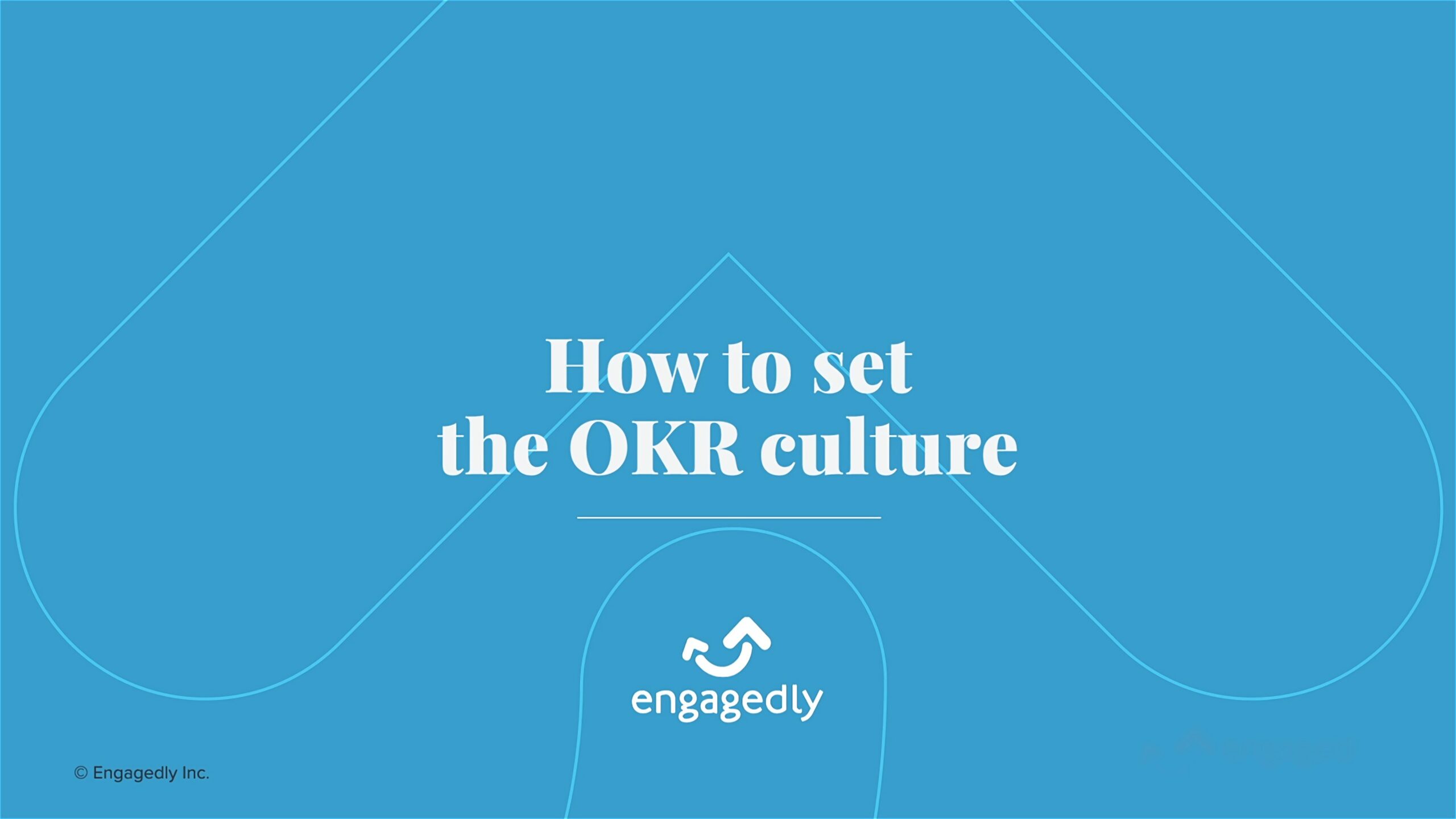Enhancing Mentorship with Engagedly’s
Live Action Animation

Why Animate?
Animation, in simple terms, is a succession of images used to create an illusion of movement. Most people remember fondly the Saturday morning cartoons that they used to watch in their pajamas as their first introduction to this medium. For that reason, animation was rarely regarded as a serious communication method, and certainly not professional. Flash forward to the present day and professional training video production has a decidedly different feel. Short explainer videos, whiteboard doodles, and animated infographics are capturing the hearts and attention spans of industry professionals all over the globe.
Most animated videos are 2-dimensional and feature characters participating in a brief scenario. If the video is meant to showcase a process, then objects tend to take center stage as they assemble, disassemble, or reconfigure themselves based on a narrator’s explanation.

The Numerous Benefits of Animation Include:

Live-Action Videos
For decades, live-action videos have been the gold standard for professional training video production. This type of video requires a camera person and at least one speaker to be present. The content is recorded in several takes and then edited after the fact to create a finished product.
As long as the basic components are there, live-action videos can be as simple or as complicated as a production budget will allow. In the past, creating a training video meant investing in a camera, some simple lighting, and maybe an upgraded microphone or two. With the improvements in smartphones and web cameras, many companies produce informal videos without breaking the bank.
Live-Action Videos Have Thousands of Die-Hard Fans Because They:
Live-Action video isn’t free of downsides, however. Many live-action videos are filmed lecture-style making it hard to hold the viewer’s interest if the speaker isn’t well versed in presentation. They also make demonstrations difficult to execute or, in many cases, impossible to include.
Production & Expense: Animation vs. Live-Action
Because each style of training video is so different, it can be difficult to decide which method fits the needs of your training department best. Often it comes down to just how long it would take to put a finished product together, or, the price of production.
Animation
To determine how long it will take to produce an animated training video, you first have to have an idea of the type of animation you intend to use. 2D or “doodle” videos take less time because of the availability of many different types of web-based drag-and-drop services. Not counting the time spent learning the program, each minute of your video could take up to 4 hours to produce.
3D or simulations videos require lots of professional modeling to produce a usable product. Having a person in-house to complete this task will be rare, but whether you contract out or not, the minute-to-hour cost increases to roughly 12 hours for a single finished minute.
Once you’ve selected your medium, you then need to work on your content. Most explainer videos are around 5 minutes in length for two reasons:
1. It’s succinct enough to engage busy staff, share the key points and allow them to learn-on demand
2. The longer a video, the more the minute-to-hour ratio increases.
To put things into perspective, a typical animated feature film of 75 to 90 minutes takes, on average, 3 years to complete.
With an estimated development timeline and method selected, it is now possible to determine the cost of your video. Because of animation’s versatility, it allows you to scale to fit your budget by adjusting your requirements for the final product.
Live-Action
The length of a live-action training video has everything to do with the length of the script. A five to ten-minute video would have a script between 750 and 1,400 words. It can be tempting to look at the “finished” length of your training video and equate that to a 1:1 ratio in terms of time, meaning for every minute spent, a finished minute is created. That is a bit of a misconception.
Once you have your script, you’ll need to source your actors and crew, find a location, and start filming your various takes. Then there’s editing and rendering to consider before the video can be considered complete. Even smaller, informal, or in-house video productions need to go through the same steps to end up with a polished piece. What that means in real terms for production time is that you should expect to spend an hour to 90 minutes for every finished minute of video.
The cost of a live-action video weighs heavily on the formality of the production. Hiring actors, renting space at a studio, or purchasing new equipment can significantly increase your video production budget. On the other hand, using more informal technologies, like built in laptop or smartphone cameras, save money upfront that may have to be re-directed to editing and polishing at the end to give the video a professional feel.

Combining Animation and Live-Action
Both animated and live-action training videos have a charm that’s unique to their production styles. Each type of video brings to the table a set of pros and cons that any training department should take into careful consideration before making a decision. But, what if it’s too difficult to decide? The good news is, you don’t have to! Combining animation and live-action is common practice these days because it’s the perfect way to energize any professional training video production.
The Benefits
How It’s Done
The process starts with instructional design. This is where you figure out your learning objectives for the video and start to gather the content to support those objectives. The next step is the script.
The best scripts for short explainer videos are written in a conversational tone. For many industries, this means including the acronyms and jargon your audience is used to hearing. With a script in hand, it’s time to film. When combining animation and live-action, it’s important to film in front of a simple background and with good lighting. Using care when you record makes for a seamless video in the end.
Quality reviews punctuate the storyboard, audio, and animation stages. These checks along the way make sure that each video component that came before it meets your standards. Finally, the video is rendered and ready for use.

Live-Action Animation
Engagedly, a tech company specializing in performance management software, wanted to create a series of videos, showcasing their platform, for business-to-business promotion. The Engagedly platform offers a variety of solutions from strategic goal tracking to succession planning but the focus of the videos was mentorship.
The Problem
Engagedly needed to provide content to potential customers about the value of mentorship and how to implement a program, easily, using their platform. Because a rich topic like mentoring couldn’t be covered in a single video, Engagedly knew they would need an approach that kept viewers engaged. Combining animation and live-action was the perfect solution.
Our Solution
Engagedly started with the instructional design process, gathering the content that would become their training videos. After they scripted and filmed the live-action portion, it was time for NinjaTropic to step in. We completed the storyboards, audio finishing, and added the animation and elements to create a polished product.

The result was a library of meaningful media at the fingertips of any subscriber ready to improve their business’ overall culture through mentoring.
Learn more about what Ninja Tropic can do for your business by contacting us today!
Get a FREE Consultation With Ninja Tropic!
Are you aware of the sheer power of engaging eLearning solutions but not sure where to start? Schedule a free 30-minute consultation with a Ninja expert to analyze your association, university, or enterprise’s content objectives and map out the interactive blueprint to achieve them.
